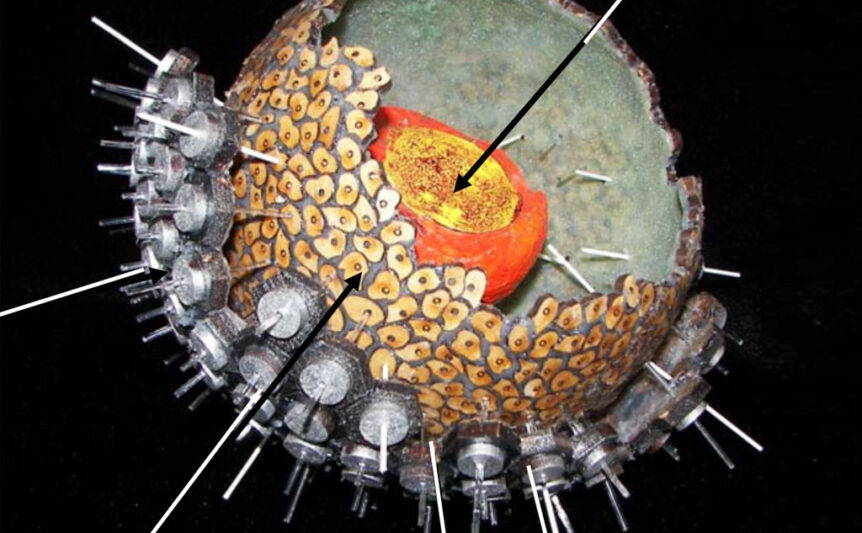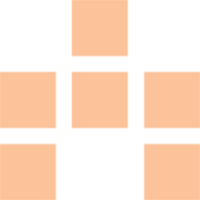
Fractal Reactor
Todd Lael Siler
The author presents an update on the development of the Fractal Reactor concept. This nature-inspired theoretical device uniquely combines magnetic and quasi-inertial containment mechanisms to generate and tap the energies of high temperature plasmas. The Fractal Reactor concept considers building a fusion power reactor based on the real geometry of nature, rather than the virtual geometry that Euclid postulated around 330 BC. Nearly every architect of plasma fusion devices has been influenced by this extraodinary mathematician’s three-dimensional geometry with its idealized points, lines, planes, and spheres. This classical geometry continues to be used to represent the natural world and to describe geometrical objects—including the closed containment systems with their closed surfaces that are designed to make the magnetic fields and coils as smooth as possible. These design schemes do not accurately portray the complexities of nature’s structures and processes.
The physical analogy Siler uses to make his point is best demonstrated by trying to force a “square peg” (Euclidean geometry) into the roughly “round hole” (fractal geometry) of nature. Instead of flowing with nature’s way, we’re working against it.
The author argues that all of the present magnetic and inertial confinement systems—including the Stellarator, the Self-Organized Field [magnetic confinement] systems, such as the Spherical Torus and Spheromak, ITER, the Magnetic Mirror Machine, Reversed Field Pinch fusion device, and various Laser Fusion devices—are based a classical [Euclidean] geometry that neither directly nor adequately represent the geometry of nature. In recent years, nature’s geometry has been more accurately described by statistically self-similar fractals. He further emphasizes that there is a fundamental difference in the vessel chamber designs of these plasma fusion devices, which may make a world of difference in terms of their performance and effectiveness. Consequently, the nuclear fusion community will most likely encounter more of the same problems they have faced over the past 50 years, because of this potentially basic design flaw that affects how we model and mimic the dynamics of a star.
